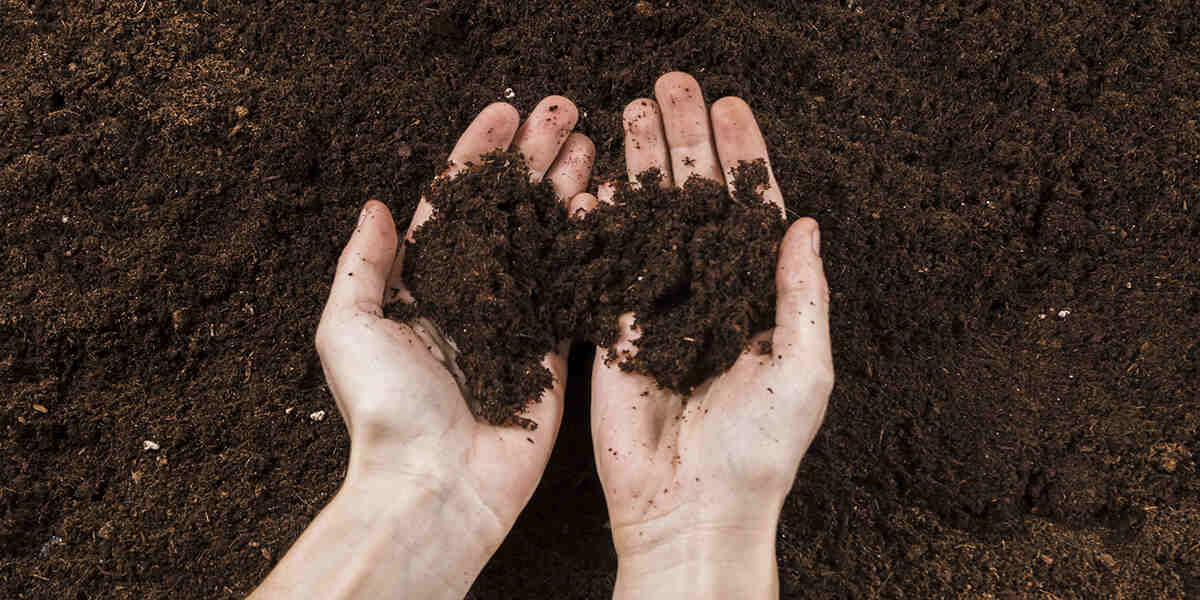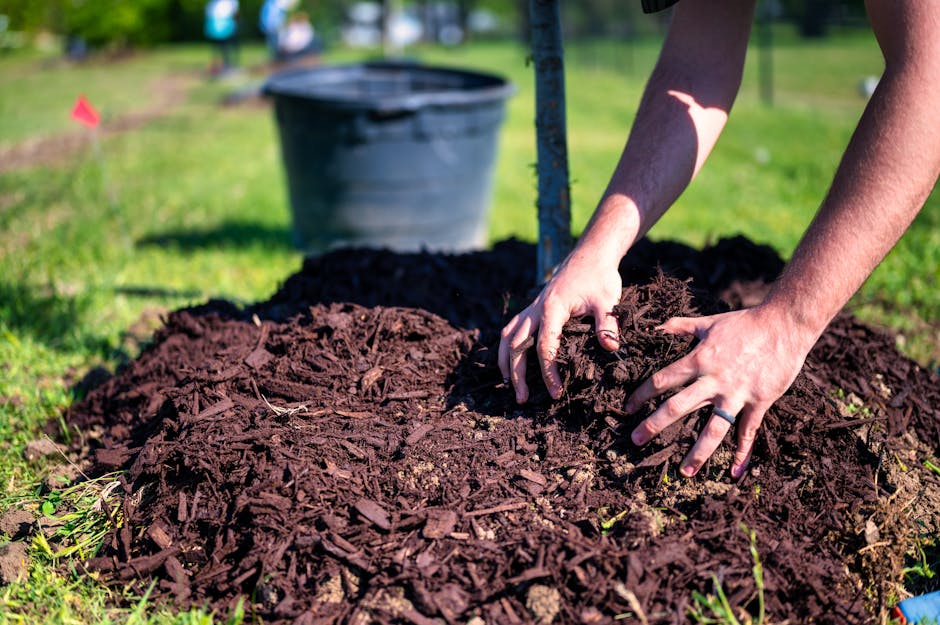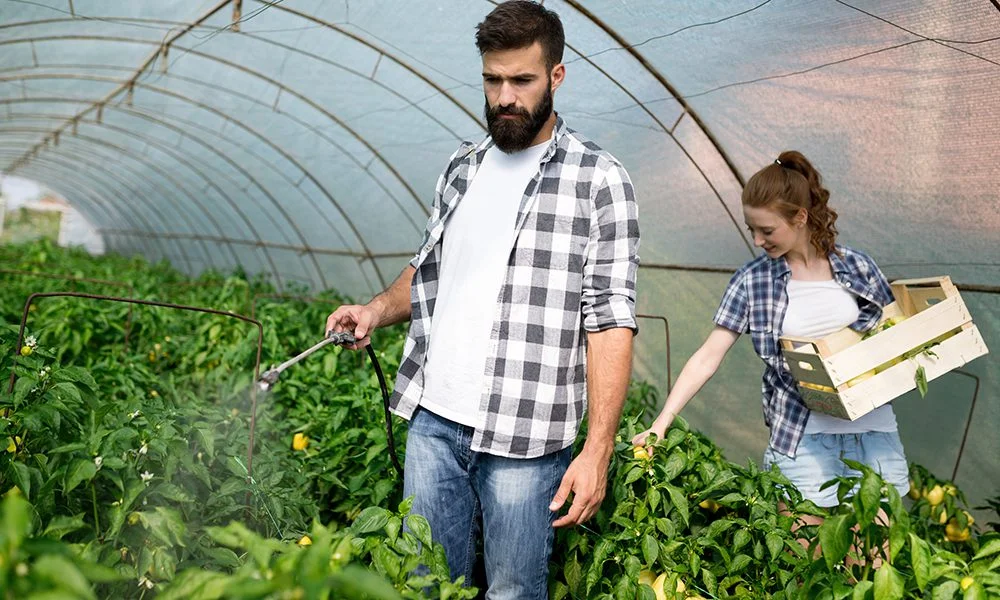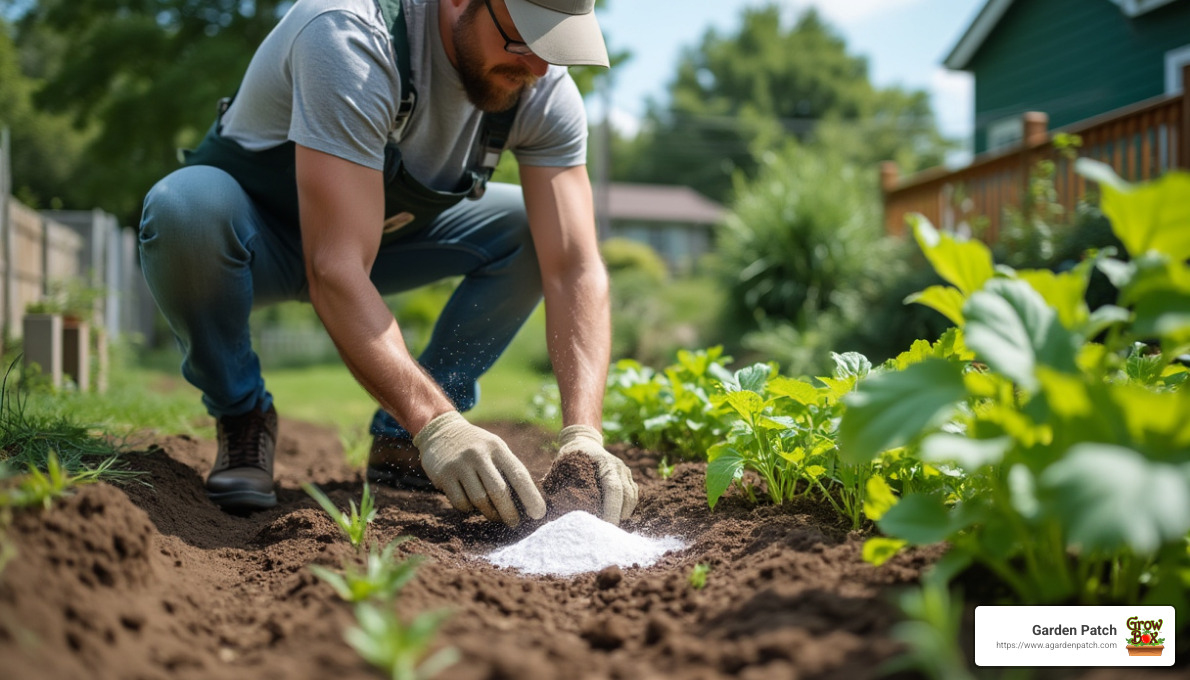How much do you know about the importance of percolation in soil? If you’re unfamiliar with the term, soil percolation refers to the speed at which water moves through dirt. Most scientists use minutes per inch to measure percolation rates, although there are other methods. Understanding how percolation in soil occurs is important, so keep reading to learn more about how it can affect the health of your garden and plants.
What Is Percolation in Soil?
Many novice gardeners have made the mistake of underwatering or overwatering their plants. If you’ve ever purchased seeds, the instructions on the back most likely said to plant them in well-drained soil. Seeds and plants need well-drained soil because too much water prevents them from getting enough oxygen, essentially suffocating them. It also hinders their ability to absorb essential nutrients necessary for healthy growth, like calcium from garden dolomite. The term “percolation” refers to how water moves through the soil, and a percolation test measures the water’s speed. Ideally, the soil shouldn’t drain too fast or too slow.
Percolation Rates Vary by Different Types of Soil
The speed at which water percolates, or drains, depends on the type and composition of the soil:
- Sandy Soils: The highest percolation rates usually occur with sandy soils, which are very loose and don’t compact easily. Their thin texture can’t hold nutrients for very long and causes water levels to drain too rapidly. Even after watering, they quickly dry out, increasing the soil temperature. Percolation rates in sandy soils usually range between one inch to eight inches per hour.
- Clay Soils: On the other end of the spectrum is clay soil, which has a dense consistency and slow drainage. They can hold water too easily, preventing oxygen from reaching the plant roots. The typical percolation speed for clay soils is between 0.02 to 0.17 inches per hour.
- Loamy Soils: Whereas sandy soil is too loose and clay is too dense, loamy soil is the perfect compromise. It has just enough compaction so that water and nutrients remain long enough for the plant and its roots to absorb. The average speed and movement of water for loamy soil is between 1.02 and 2.41 inches per hour.
It’s important to note that the average percolation rate for soil types can differ based on factors such as:
- Soil temperature
- Compaction
- Organic matter composition
- Fertilization
- Human intervention

How Can You Tell if Your Soil Has Proper Drainage?
Did you know that it’s actually very easy to test the level of percolation in soil and whether you’re achieving proper drainage? Using your vision and sense of smell are the easiest ways to tell if you’re not watering your plants properly. For example, if you smell a strong, unpleasant aroma, it’s probably from hydrogen sulfide and mercaptans. That means your soil has too much water and isn’t draining fast enough.
You can also use your eyes. What color is the dirt? Gray or blue soil has an excess of water, indicating you need to improve its permeability and percolation speed. Conversely, soil with proper drainage should be brown or reddish in color.
Additional indicators of poor soil permeability include standing water, mud, or overly compacted soil that causes water to roll off instead of sinking downwards.
Four Easy Steps To Test the Percolation Rate of Soil
If you want a more accurate method of testing whether your soil has an acceptable drainage speed, follow these easy steps:
- Using a shovel or spade, dig a flat-bottomed hole that’s about 12 inches in diameter and 12 inches deep. Keep the sides as vertical as possible.
- Fill the hole with about five gallons of water and leave it to drain completely, such as overnight.
- The next morning, re-fill the hole with water and place a measuring stick inside.
- Every hour, measure and record the drop in water level until it’s drained completely.
Here’s a quick reference chart you can use to interpret your percolation test results:
| Soil Percolation Rate | Result |
| < ½” per hour | Slow drainage; soil is too dense |
| 1” – 2” per hour | Optimal percolation and drainage rate |
| >3” per hour | Fast drainage; soil is too loose |
Follow these tips to improve the quality and permeability of your gardening soil:
- Never walk on wet soil or after watering plants
- Don’t overwater your plants
- Make sure your planters have ventilation holes in the bottom
- Add compost or mulch to your soil
- Aerate or till dirt that’s too hard or compacted
Successful Gardening and Soil Drainage Are Harder Than You Might Think
Proper soil quality and drainage is the key to successful gardening, whether your passion is growing delicious veggies or beautiful flowers. Nobody said it was easy, though. Finding the right soil type can be a challenge. For example, you may think peat moss is an excellent solution for keeping your soil fertilized and aerated, but that’s not always the case. Many gardeners also have trouble maintaining a proper watering schedule, whether they don’t have the time or simply forget.
Great news, though. The Garden Patch GrowBox is the best, easiest, and most productive planter you’ll ever use! We’re happy to say that it takes all the guesswork out of gardening so you can enjoy growing to the fullest.
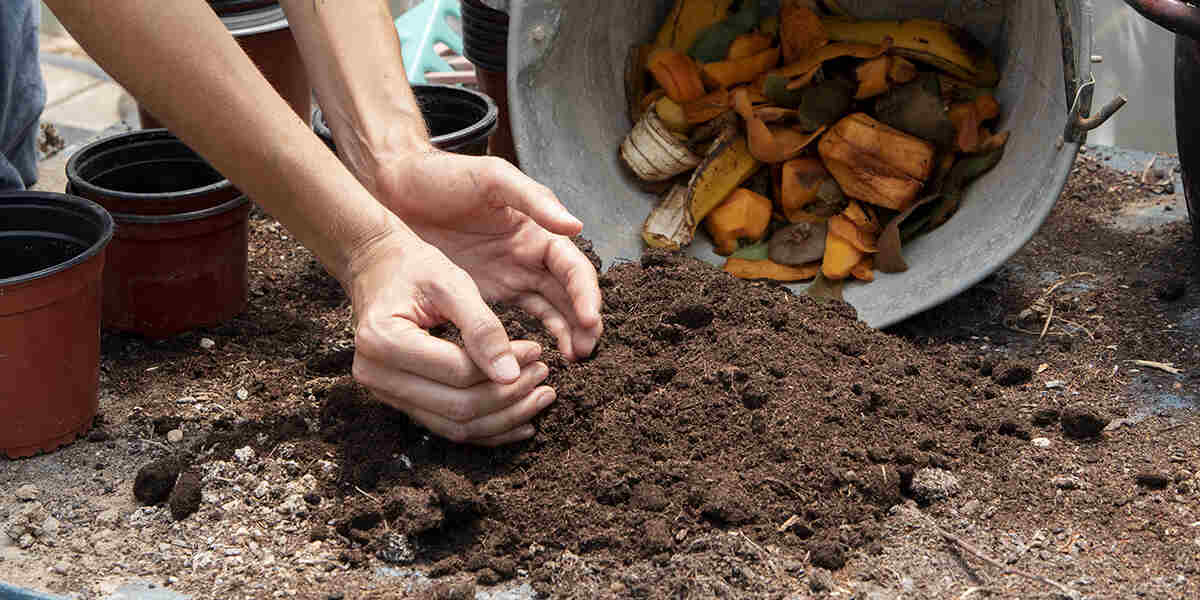
Let the Garden Patch GrowBox Solve All Your Gardening Woes
We built our GrowBox to deliver a consistent source of oxygen, water, and nutrition for optimal growth. Our design makes it impossible to overwater your plants! Every planter comes with a Nutrient Patch™ you lay on top of the soil surface, with numbered slots that ensure perfect seed spacing and premium fertilizer packed with essential nutrients.
Our University-developed design allows a continuous supply of oxygen to enter from the top and bottom to ensure the ideal amount of percolation in soil. Here’s the best part: you can try our GrowBoxes risk-free for a year. If there’s any reason you aren’t completely satisfied, simply return them before the year is up for a full refund.
Don’t rely on peat moss or other subpar options; get your GrowBox here on the website, or call 800-519-1955 and discover the secret to successful gardening!

